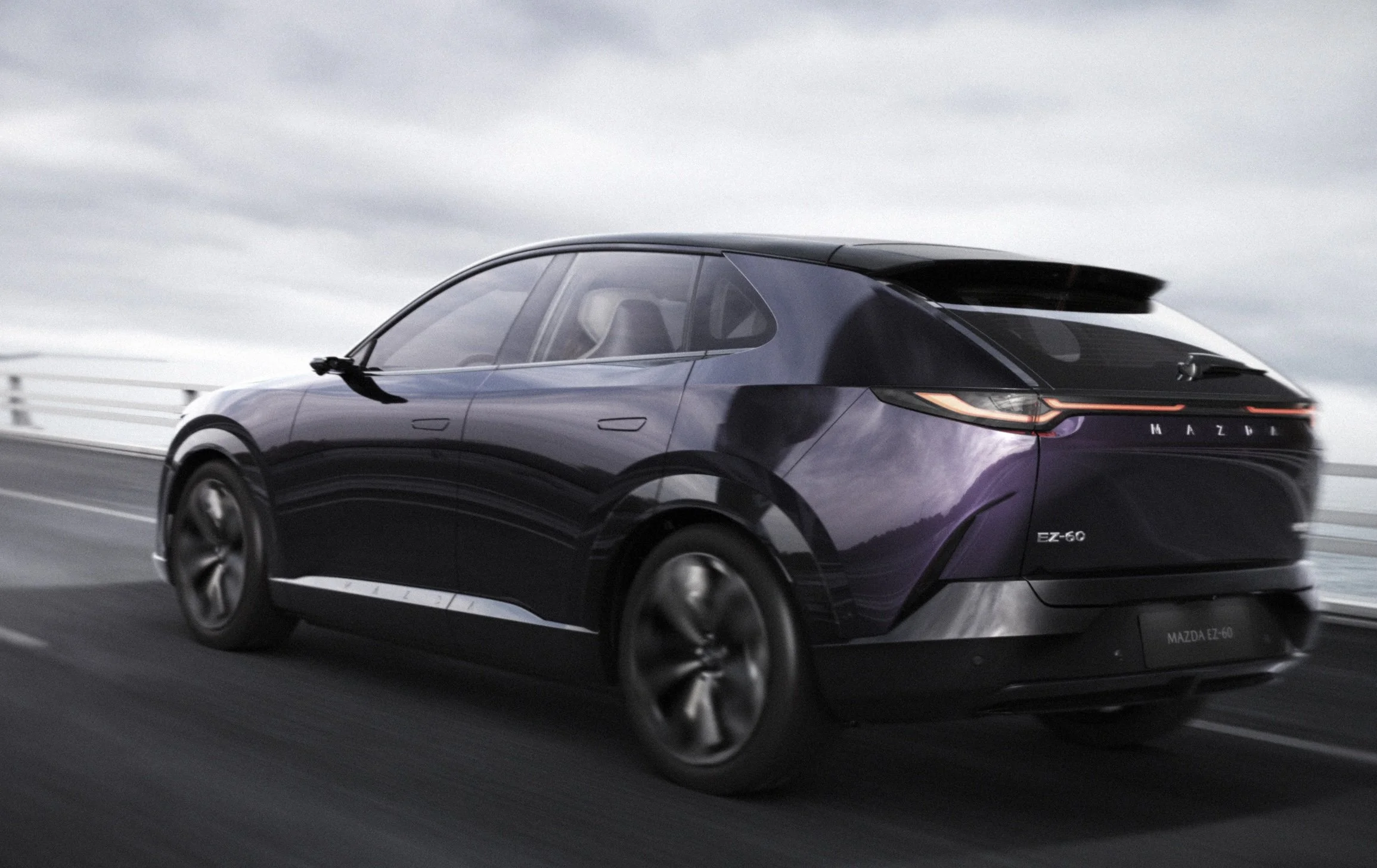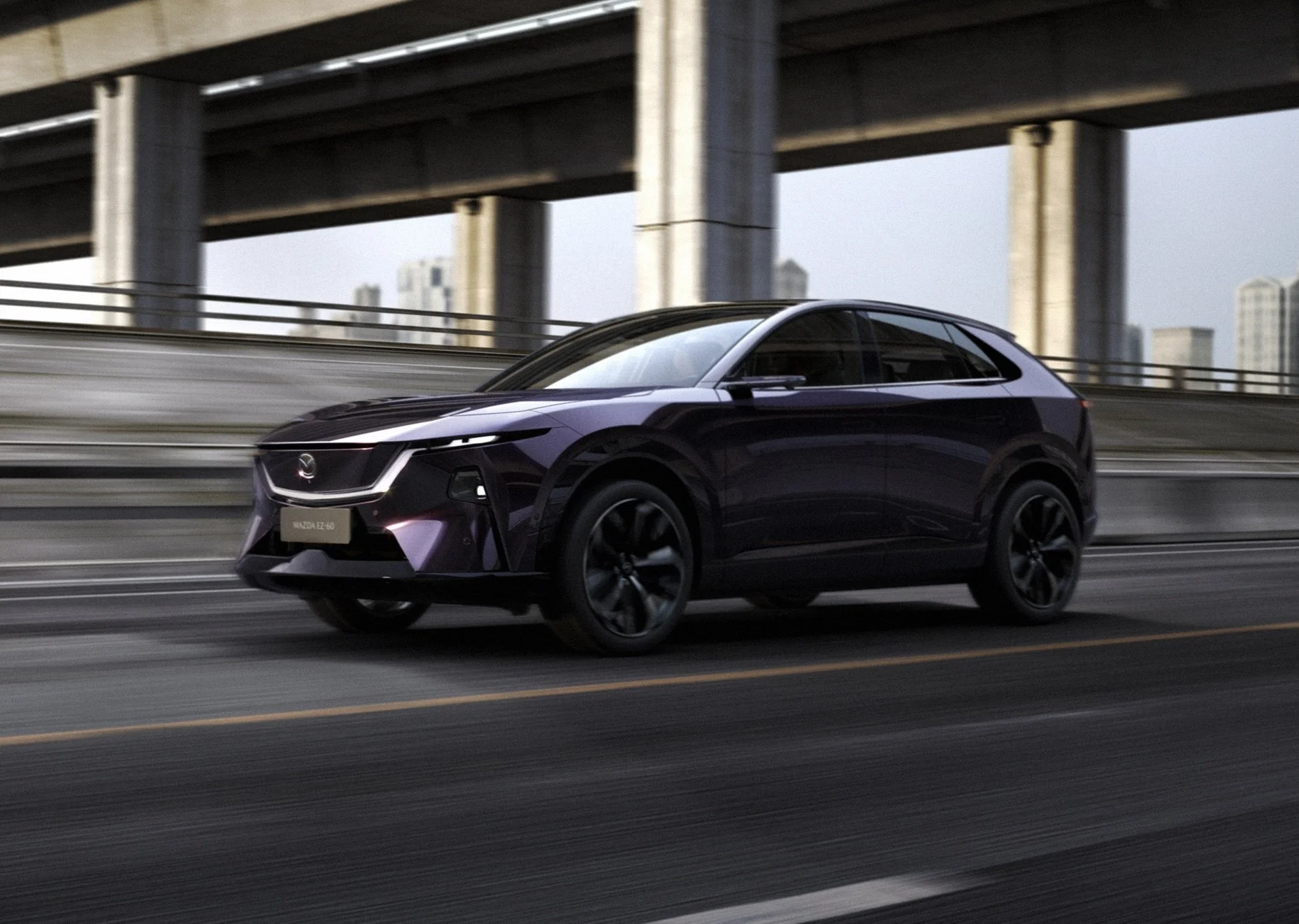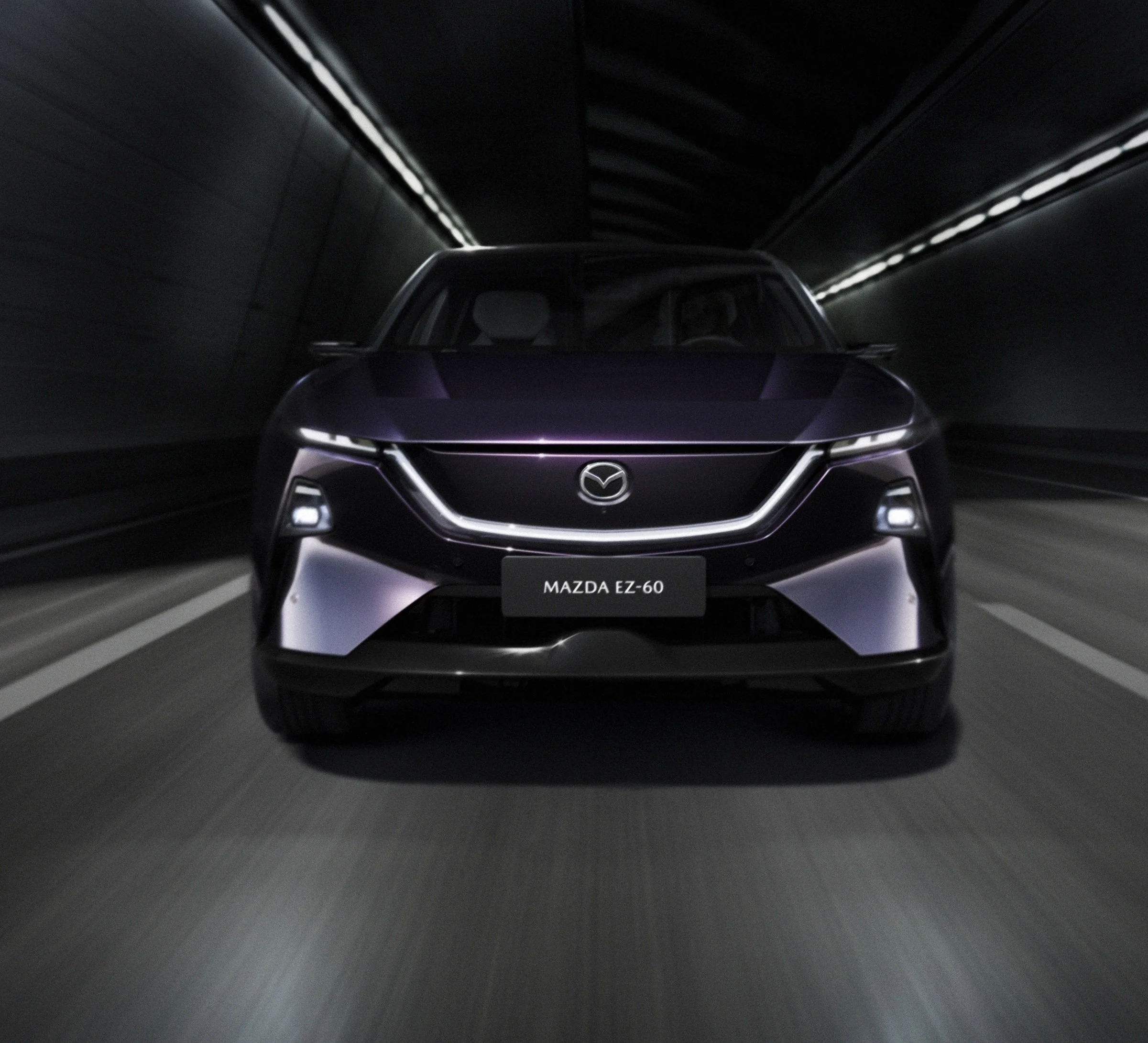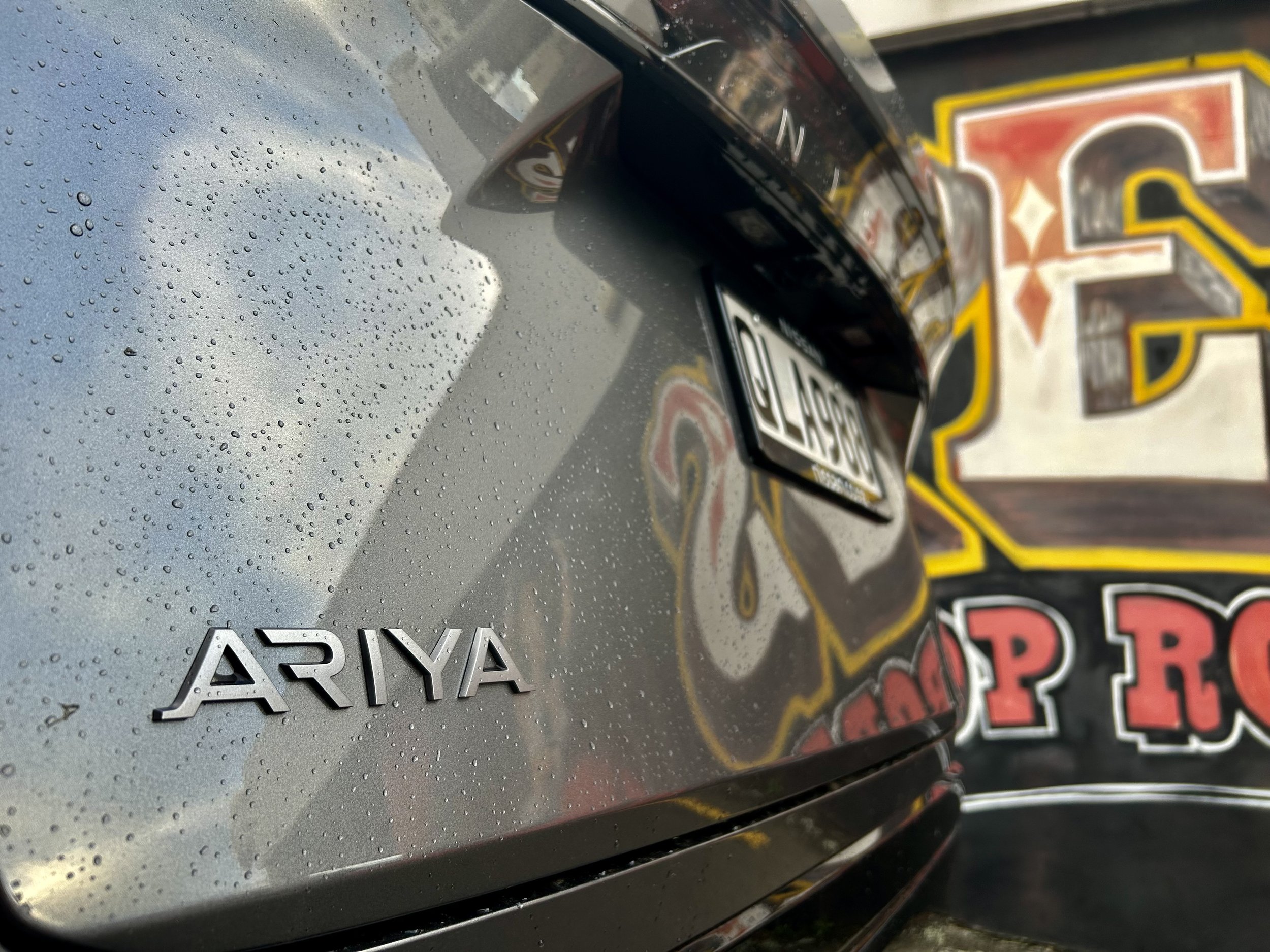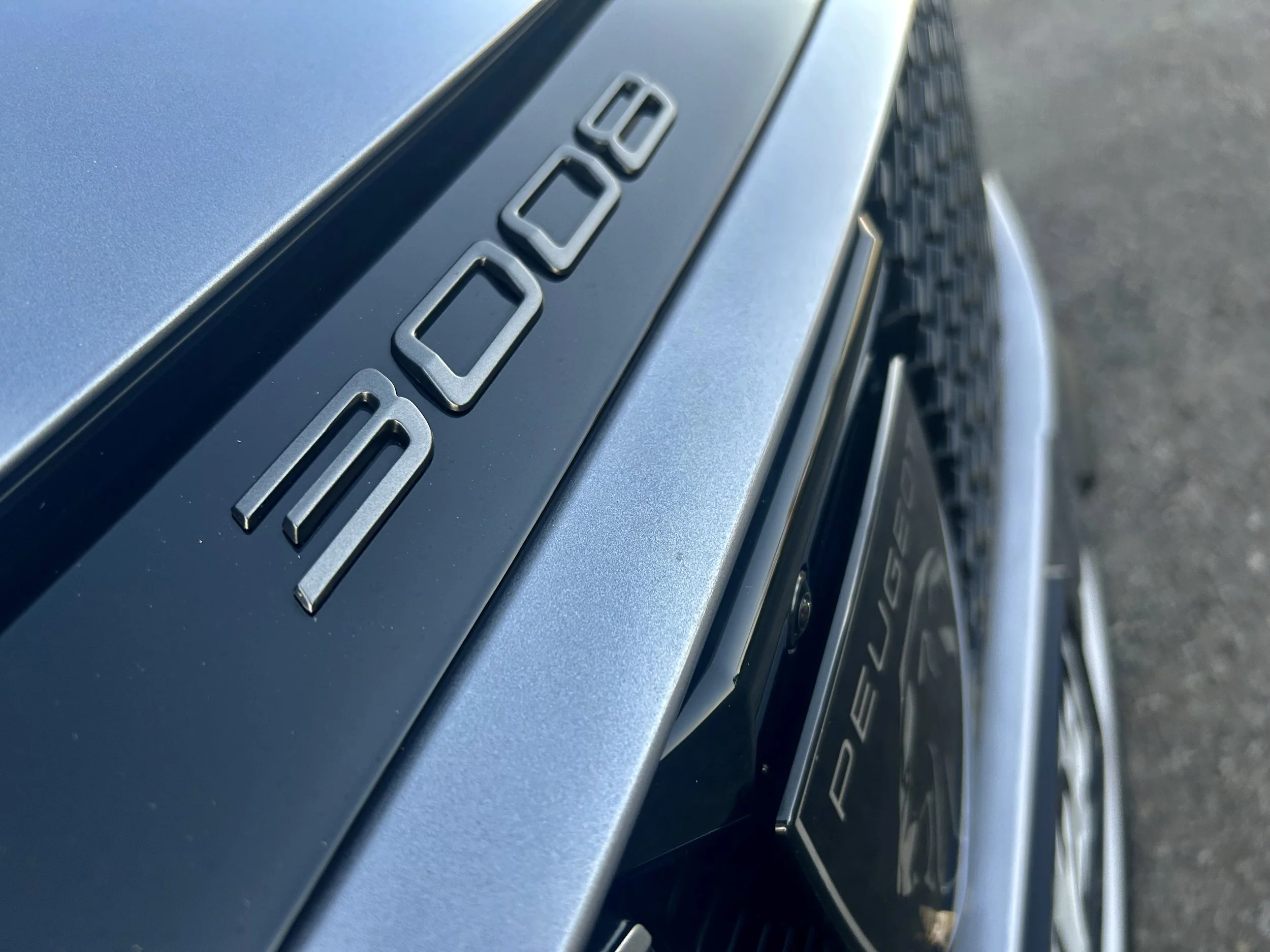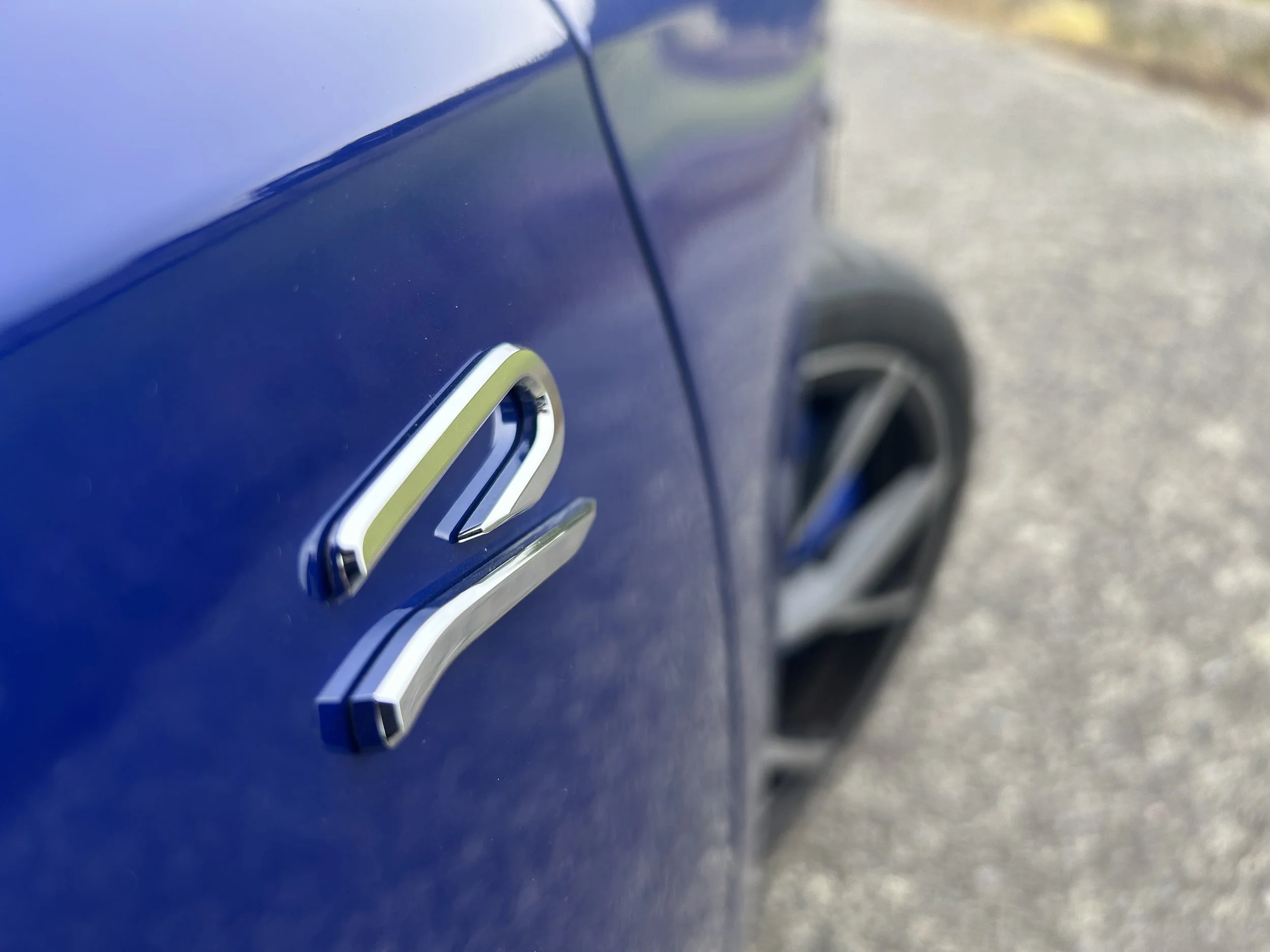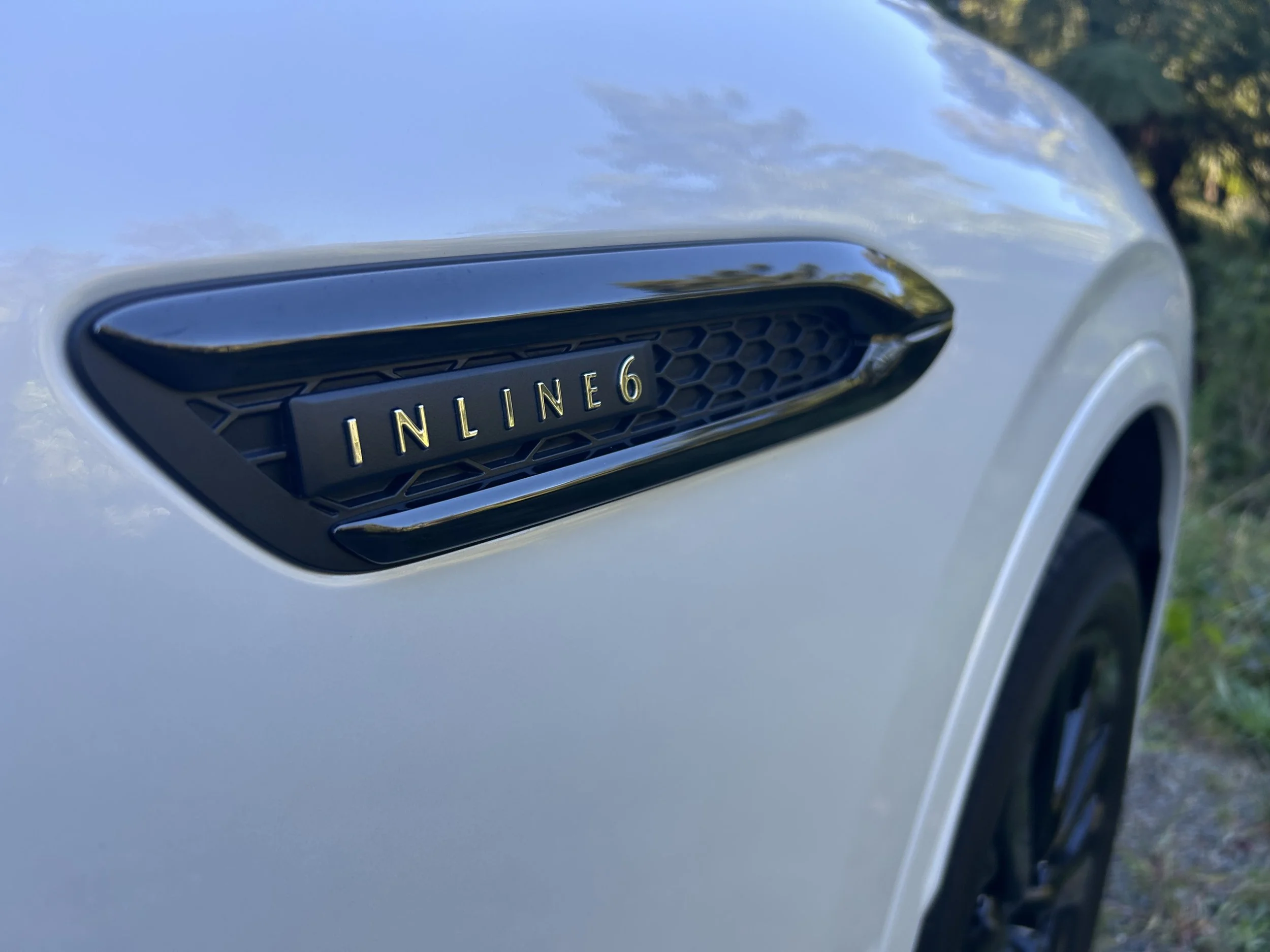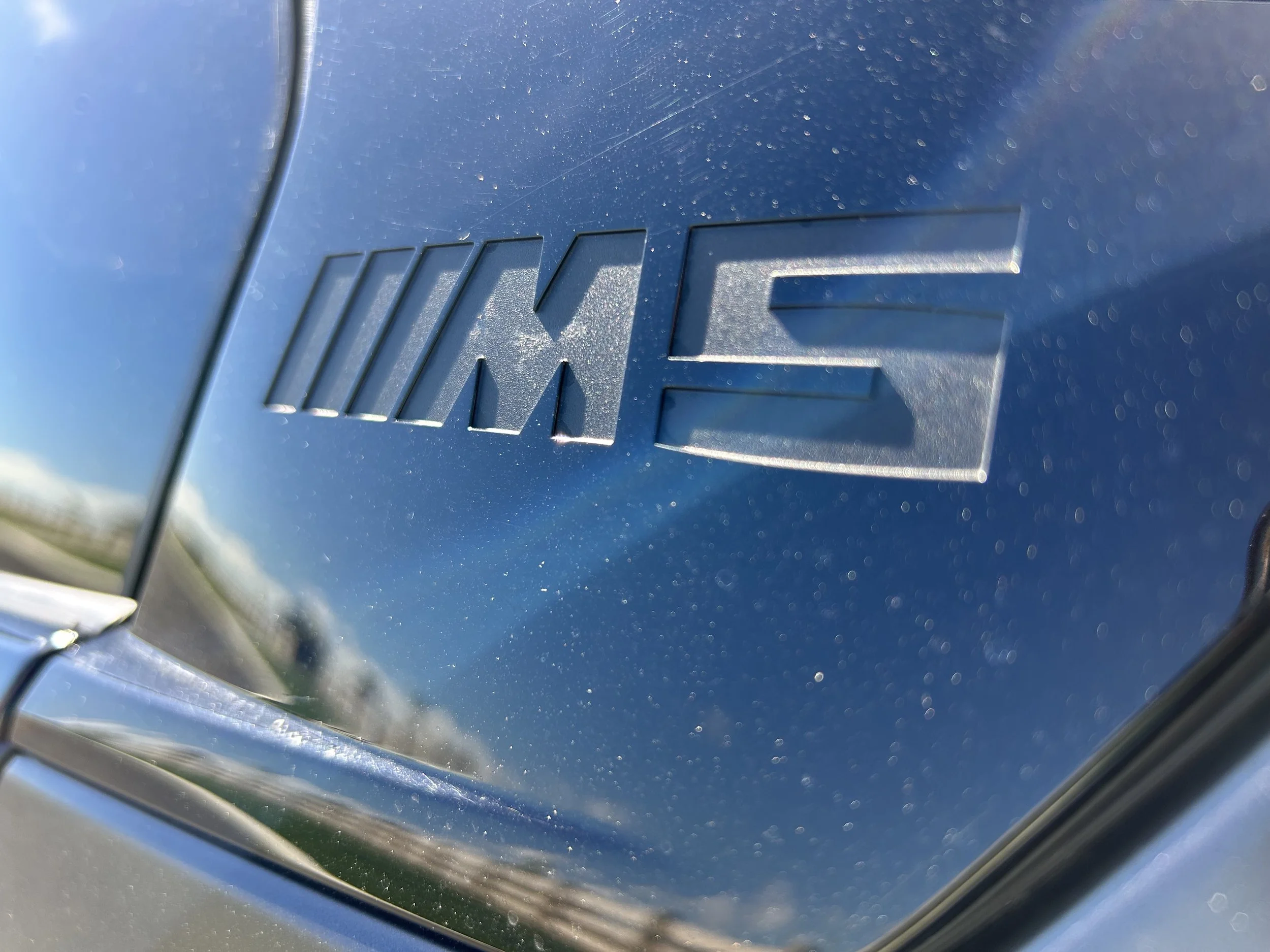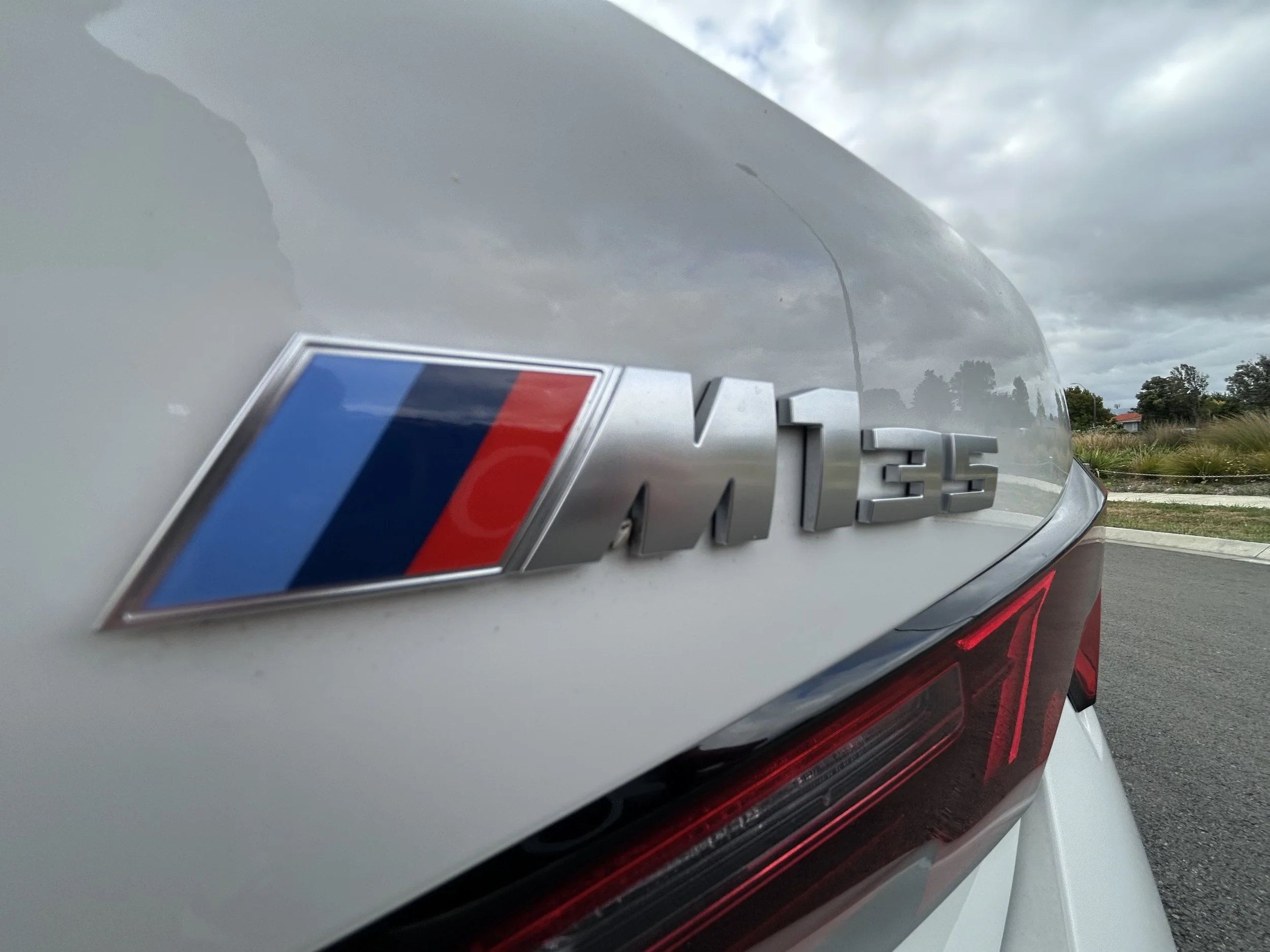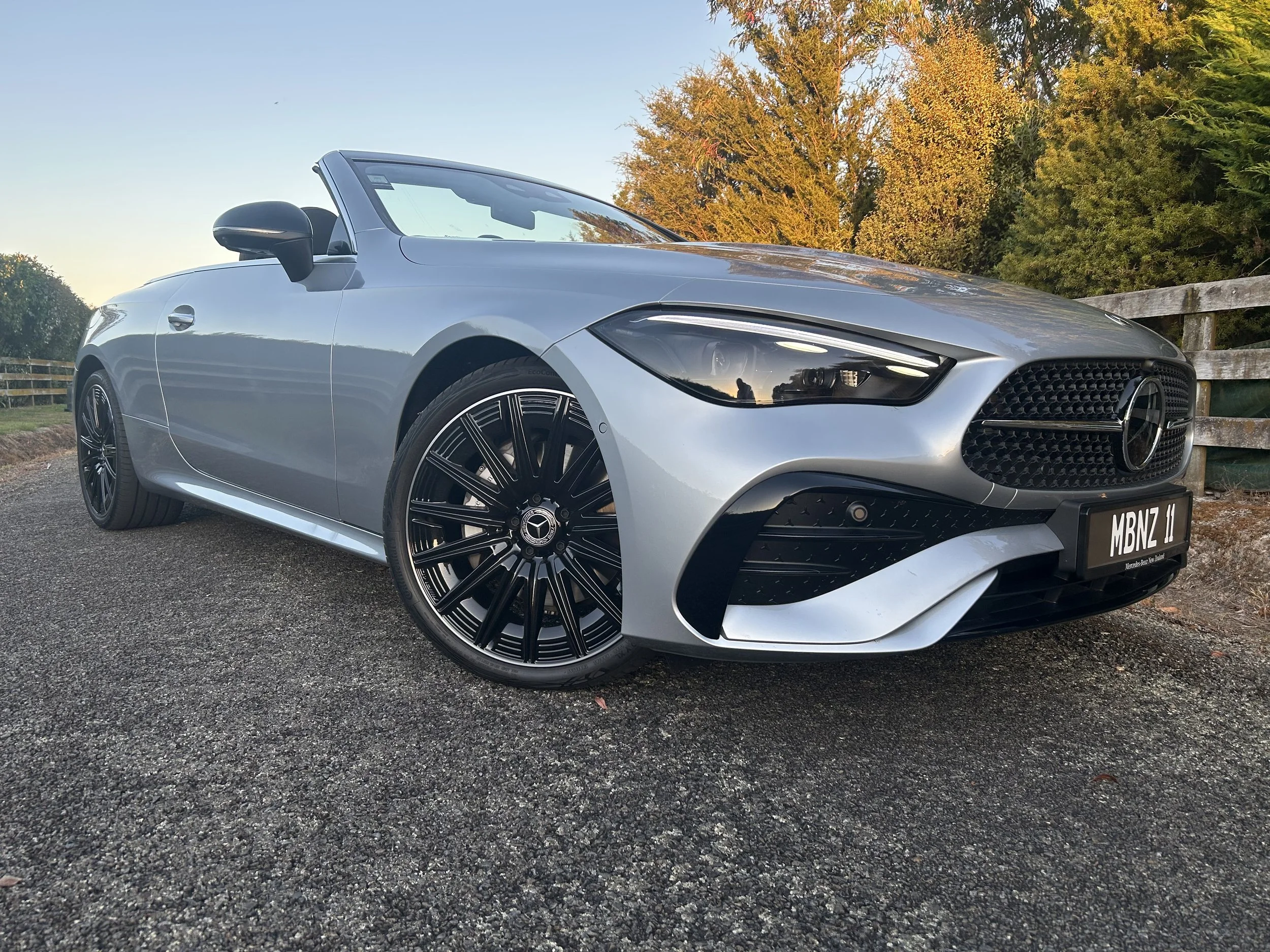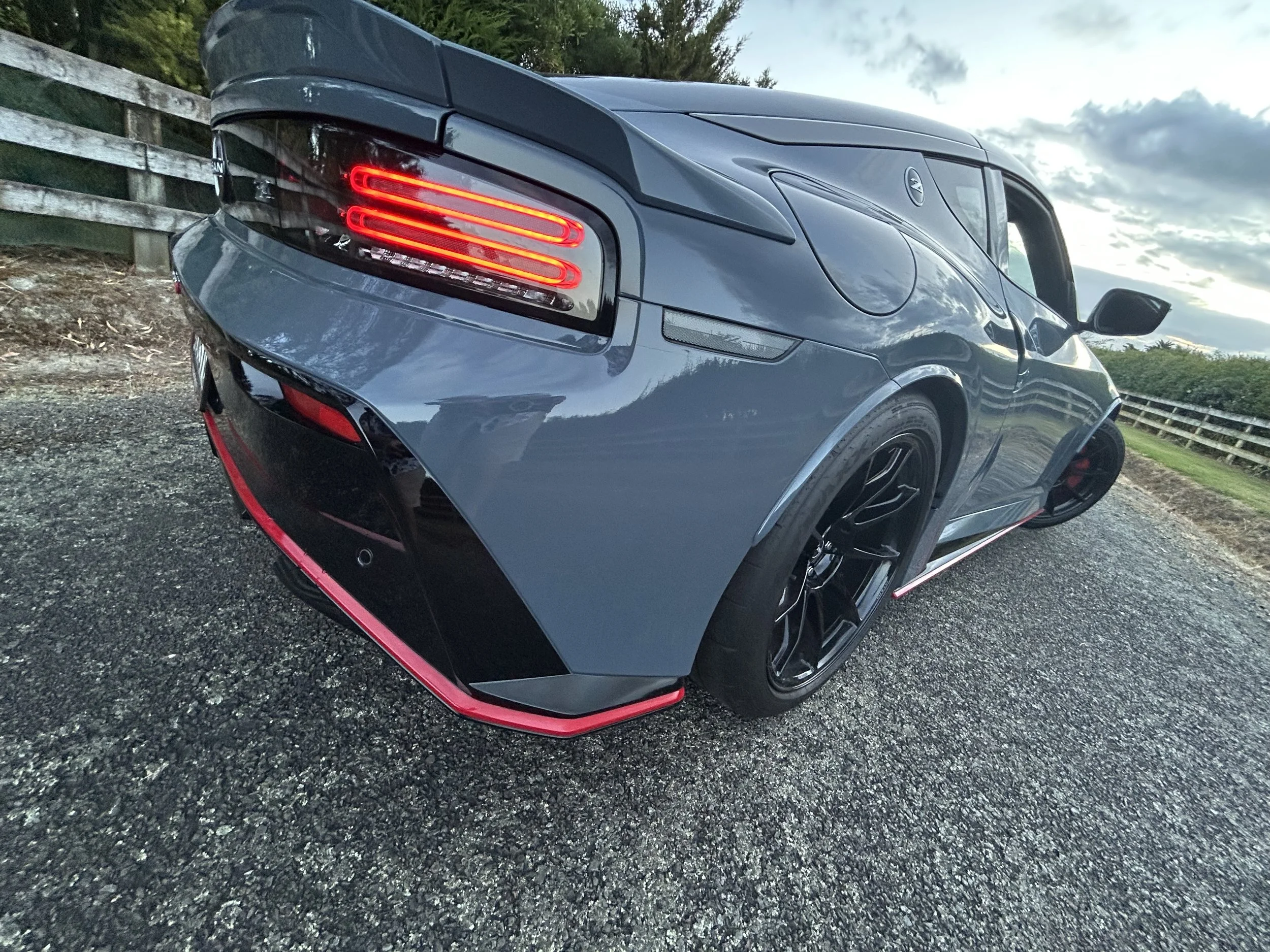Electric CX out of China
/Mazda confirms global aspiration for large sports utility in full and range-extender electric.
JUST passing on the news - outwardly, that might seem the only reason why Mazda New Zealand has so promptly related unveiling of a new electrified sports utility wagon in China.
In sharing images and content relating to the EX-60, the Auckland-based distributor has taken pains not to add any local comment.
It also says what it has relayed in respect to a model which blends a Chinese-developed platform and battery electric and extended range technology with a Hiroshima-designed body is a word-for-word international statement. Nothing more, nothing less.
So nothing to see here?
Actually … that’s not quite necessarily the case.
As much as the statement says one thing, plenty more comment from Mazda made at the Shanghai motor show after the covers came off indicates this is a product that will be seen beyond its primary market.
Along with revealing some technical specifications, the brand has also said while the five-door five seater will only be built in China by a joint venture involving domestic maker Changan, it will be sold in Europe and “other markets” around the world, as a sister ship to the Mazda6e sedan.
When the latter’s international plan, including right hand drive production so it can enter the United Kingdom, was revealed in January, Mazda NZ then made clear it was keen on taking a look at the potential for an electric sedan here.
It is also one of many local involvers that also acknowledged, nonetheless, that for Kiwi tastes a SUV is the sweet spot of that technology.
Mazda NZ now intensively targets the SUV sector and, of course, has tried without success to include an electric model, the MX-30, into that action. The latter has now been dropped from availability here.
The Mazda6e and EX-60 share a common platform and many components. In China, the Mazda6e is called the EZ-6. The international versions of EZ-60 will be sold as the CX-6e.
While the SUV’s exterior has some design kinship with existing Mazda models, the interior is a radical departure.
The car divests almost all physical switchgear and instead has a huge 26.45-inch 5K display, effectively serving as both the central touchscreen for multimedia controls and also as an instrument cluster, showing the speedometer and other relevant operational data, as per the Tesla Model 3/Y and the Volvo EX30. Unlike those, it does have a head up display.
There’s a second touchscreen for passengers in the second row, this primarily allowing passengers to adjust climate and entertainment settings; including adjusting the 23-speaker Dolby Atmos audio.
It has a 350-litre boot that expands to 2036 litres with seats folded, and 126 litres of storage under the bonnet in the EV version.
The door panels wrap into the dashboard, and contain screens projecting footage from the wing mirror cameras.
As with many EVs, the EZ-60 features flush-fitting door handles and a closed-off upper grille to smooth out airflow and reduce drag. It also features a spoiler above its fake grille, as well as a flying buttress design for its D-pillar, both presumably for aerodynamic reasons.
Chinese media have published specifications for the EREV. Specs for the EV variant have not been shared yet.
The EREV version incorporates a 72kW 1.5-litre engine serving as a power generator – not a rotary engine, like in MX-30 R-EV Hiroshima will not sign off for NZ – for a 190kW electric motor.
It features a 31.73kWh lithium iron phosphate (LFP) battery, good for 160km of electric-only driving range, this measured on the CLTC cycle that is considered rather more optimistic that the WLTP standard applied in NZ. Total range is yet to be revealed.
The EPA1 platform architecture is developed by Changan, a state-owned entity that has been Mazda’s Chinese production partner for some time. It also also used by some Changan product, including the Deepal marque that has recently become available to Australia.
The EZ-60 measures 4850mm long, 1935mm wide and 1620mm tall on a 2902mm wheelbase. That makes it larger than a Tesla Model Y and close in overall length to the Toyota Highlander.


